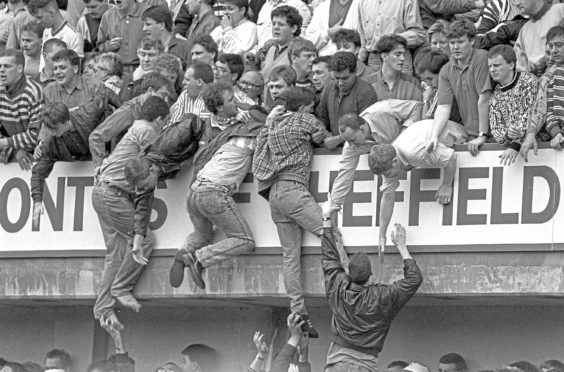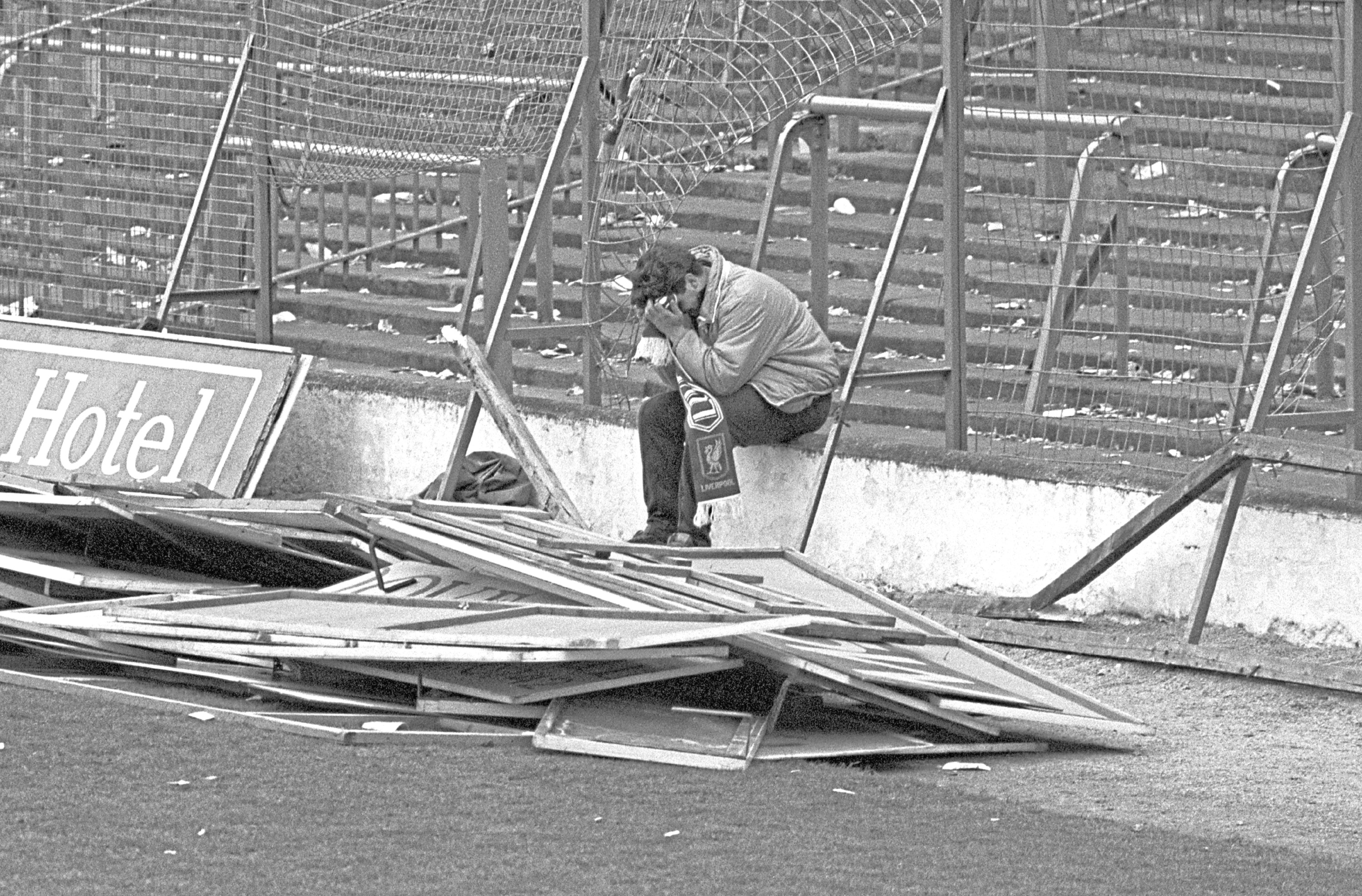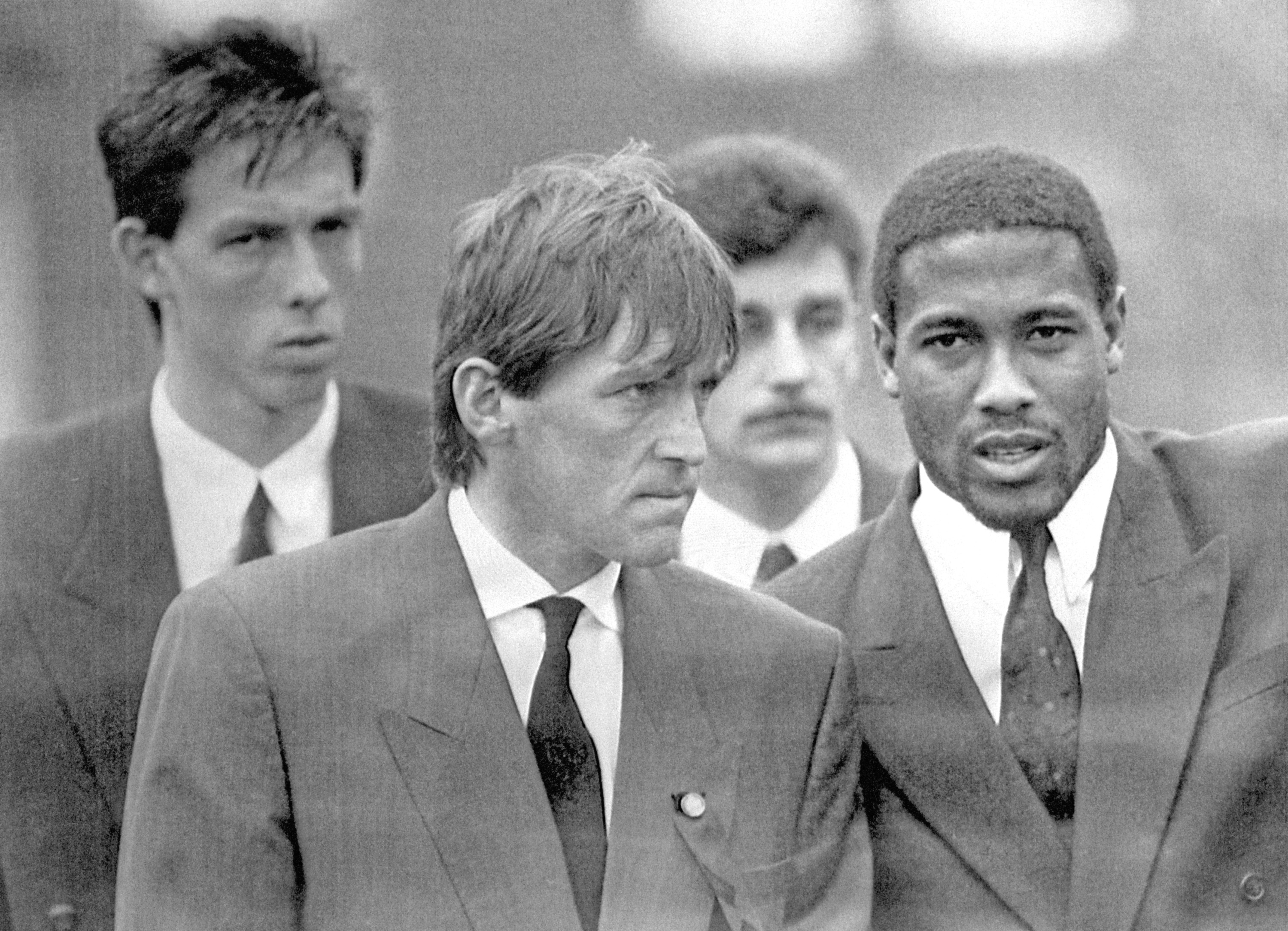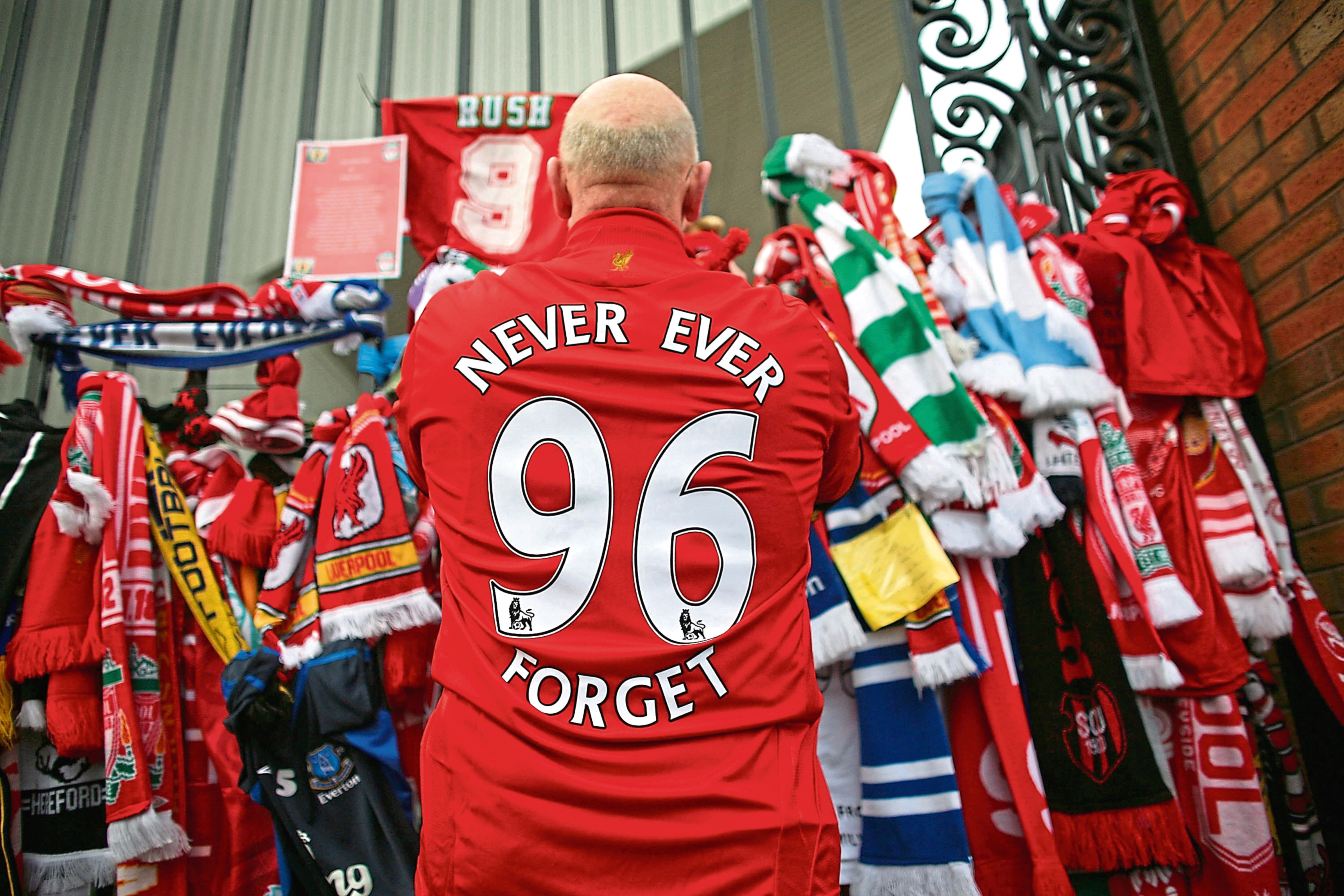
Thirty years ago this weekend I went to a football match.
It was something I’d been doing every week for the previous 18 years as a professional journalist working for The Weekly News and its sister paper The Sunday Post.
It’s something I would continue to do for another 29 years before I retired last summer.
During that time I reported on over 3,000 matches all over Britain and across Europe.
But April 15 1989, a beautifully bright spring afternoon in Sheffield, was different.
That was the day I watched 96 people die in the worst stadium disaster English football has ever known.
Mercifully from my point of view, I watched it unfold from a distance from the safety of the Hillsborough Press Box, at the time spared any of the close-up television pictures others were witnessing simply because in those days there were no TV monitors available to journalists.
Even so, it was the most harrowing day of my professional life.
Hillsborough ended up changing the way we all watch football.
It was the catalyst for all-seater stadia, for huge improvements in safety, for dramatic changes in policing and stewarding, for fans being treated as valued customers rather than a problematic necessity. But what a terrible price to have to pay.
Even as the 30th anniversary of the tragedy is about to be marked, the legal ramifications of what happened when Liverpool met Nottingham Forest in the FA Cup semi-final that day continue.
Investigations and inquests have exonerated the fans from all blame but some of the individuals responsible for safety on the day have only this month still found themselves subject to court proceedings.
For years, police blamed fans for causing the crush as the match got underway but in 2016 an inquest jury ruled that the victims had been unlawfully killed following failures by police and ambulance services.
The match was a sell-out, meaning more than 53,000 fans from the two clubs would head for the Yorkshire ground for the three o’clock kick-off.
Because of the proximity of the M1, Forest fans were allocated the Spion Kop end of the stadium, while Liverpool supporters were given the smaller Leppings Lane end, thus ensuring that the two sets of fans would not come into contact before the game.
This was the 80s, the height of football’s hooliganism crisis, and strict segregation was routinely enforced.
The Leppings Lane entrance had a limited number of turnstiles, of which just seven were allocated to the 10,100 Liverpool fans with tickets.
My own journey brought me in at that end of the ground at around one o’clock and I observed many early arrivals sitting on grass verges and walls soaking up the sun.
As I took my seat in the media section in the main stand, overlooking the halfway line, the Leppings Lane end to my left filled up slowly.
It was those early arrivals, who’d taken up the best vantage points at the front of the terraces behind the steel fences that enclosed all First Division grounds at the time, who suffered the most numerous casualties, crushed against the barriers as others poured in behind them.
As was common practice in grounds at the time, the terrace was divided into “pens” by high fences that corralled fans into blocks. The tunnel behind the stand led directly into the two pens behind the goal, pens three and four, which were the most populated.
There was no system on the day to ensure that fans were evenly distributed across the pens and no way of counting how many were in each pen. Police expected supporters to “find their own level” by spreading out across the pens in search of space, but this was difficult to do as movement between the pens was by narrow gates at the rear.
By 2.15 a crowd had started to build outside the Leppings Lane turnstiles and it swelled rapidly over the next quarter of an hour.
Progress through the seven turnstiles was slow and by 2.30 just 4,383 people had entered, meaning 5,700 ticketed fans were still to enter the ground in the half hour before kick-off. The police discussed delaying the game to allow fans to enter but decided against it.
By 2.45 CCTV footage showed there were thousands of people pressing into the turnstiles and against a large exit gate, Gate C.
The funnel-shaped nature of the area meant the congestion was hard to escape for those at the front. The turnstiles became difficult to operate and people were starting to be crushed.
At 2.52, the police ordered the gates to be opened to relieve the pressure and about 2,000 fans made their way into the ground, with most of those entering heading straight for the tunnel leading directly to pens three and four.
This influx caused severe crushing in the pens and fans began climbing over side fences into the relatively less packed adjoining pens or attempted to climb onto the track surrounding the pitch. As the game kicked off fans in the two central pens were pressed up against the fences and crush barriers.
Four minutes into the game, Liverpool’s Peter Beardsley struck the bar and as the crowd surged forward a barrier in pen three gave way, causing people to fall on top of each other.
From my seat in the Press Box, I could see a general commotion at the front of the terracing but not what was causing it.
Realising that something was going very wrong, a South Yorkshire Police Superintendent ran onto the field to gain referee Ray Lewis’s attention and get him to stop the match.
Mr Lewis blew his whistle at 3.06 as desperate fans fought to escape the crush. Some managed to force open a small gate at the front, while others were pulled to safety by those in the West Stand above the Leppings Lane terrace.
The intensity of the crush broke more steel barriers on the terraces and holes were made in the perimeter fencing by fans trying to rescue others.
However, the inquest later heard those still trapped in the pens were packed so tightly that many died of compressive asphyxia while standing.
While what was happening on the terraces was still unclear to myself and other journalists, what we could all see was the pitch now resembled a chaotic first aid post during battle.
Police officers, stewards and the St John Ambulance service appeared overwhelmed and many fans assisted the injured, with several attempting CPR.
Others tore down advertising hoardings with their bare hands to use as stretchers for the injured.
Some fans tried to ferry casualties to waiting ambulances but were prevented from doing so by the police cordon which had been placed across the pitch.
While a total of 44 ambulances arrived at the ground, all but two were prevented from entering the stadium. In the end only 14 of the 96 who were fatally injured arrived at hospital.
South Yorkshire police officers would later accuse Liverpool fans of having caused the deaths themselves, claiming they were drunk, late, violent and uncooperative.
At the end of the original 1991 inquest the deaths were ruled accidental.
However, those verdicts were quashed following the 2012 Hillsborough Independent Panel report, which concluded that a major cover-up had taken place by police and others to avoid the blame.
The 2016 inquest jury exonerated the fans, finding that there was no behaviour on their part which caused or contributed to the dangerous situation at the Leppings Lane turnstiles.
The new jury concluded that blunders by the police and ambulance service on the day had “caused or contributed” to the disaster and that the victims had been unlawfully killed.
My own role on the day changed entirely as the players left the pitch and the enormity of what had occurred sank home.
Instead of reporting on a game, my job became focused on press conferences with the FA and Sheffield Wednesday officials, getting responses from the two clubs involved and trying to find out information on the casualties.
As part of the investigations that followed, I made statements to both the 1991 enquiry and the 2016 version.
When I arrived home much later that evening of April 15 1989, my wife described me as “looking like a ghost”.
Yet, I am well aware that my involvement was only peripheral. Thousands of people were much more personally affected than I was. They still are.
In the days that followed the disaster, Anfield became a shrine, with flowers laid across half the pitch at the Kop end.
Manager Kenny Dalglish became the figurehead of the club’s response, at one point attending four funerals in one day.
Dalglish wanted to be there to show the solidarity which existed between the club and its supporters, and felt a need to provide whatever comfort he could to distraught families.
It may have been 30 years ago since 96 people died at Hillsborough but the emotional wounds have been understandably slow to heal.
Some sense of closure for the families has come belatedly as each of the legal stages has removed or apportioned guilt and innocence over the last few years.
As with many other similar tragic events, lessons have been learned, standards have been raised and we all hope we’ve done enough to ensure nothing similar will ever happen again.

Enjoy the convenience of having The Sunday Post delivered as a digital ePaper straight to your smartphone, tablet or computer.
Subscribe for only £5.49 a month and enjoy all the benefits of the printed paper as a digital replica.
Subscribe

 © Christopher Furlong/Getty Images
© Christopher Furlong/Getty Images